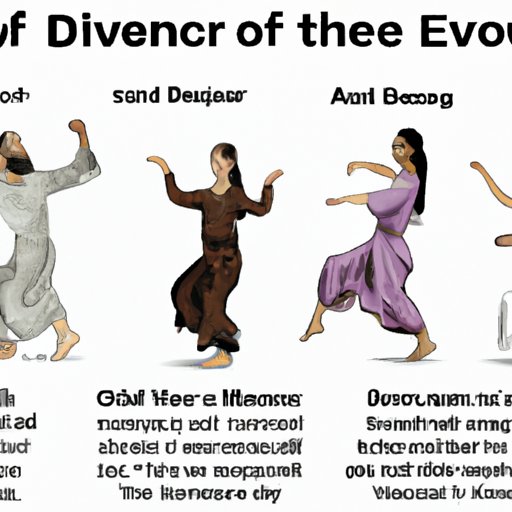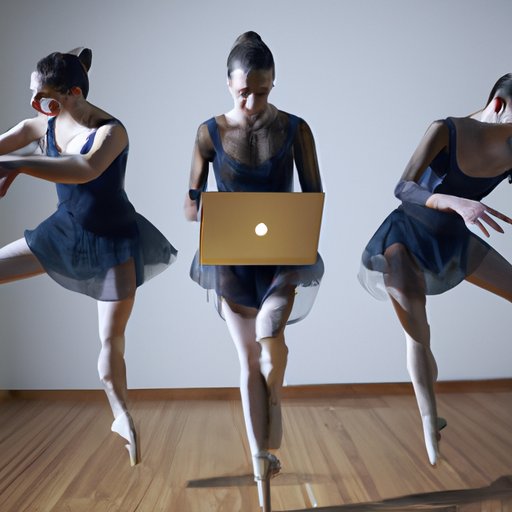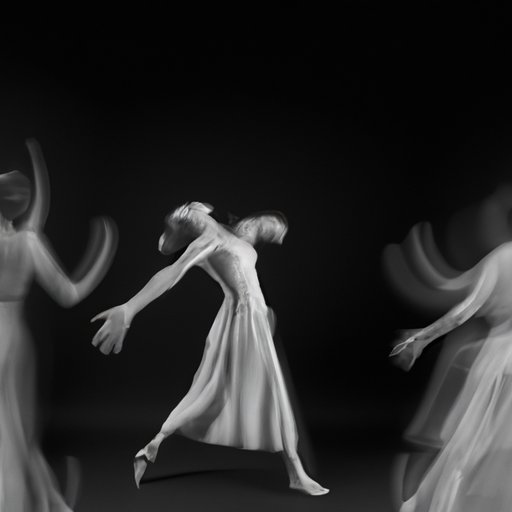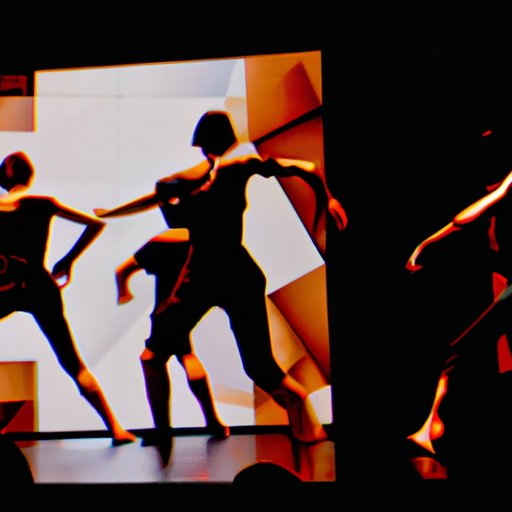Introduction
Dance is an ancient art form that has been around for centuries. It can be a powerful expression of emotion, used to celebrate life events or to tell stories. It is also an important part of many cultures, a way to connect with one’s heritage and to express joy and sorrow. But who created dance? This article will explore the evolution of dance through time, looking at the biographical contributions of pioneers in the field, the cultural influences that have impacted the art form, and how technology has changed the way we experience dance.

Historical Overview of the Evolution of Dance
The origins of dance are difficult to trace, as it may have originated in prehistory as a form of communication. The earliest written records of dance date back to Ancient Egypt, Greece, and Rome. In these cultures, dance was often associated with religious rituals and celebrations. During the Middle Ages and Renaissance, dance became more codified and formalized, with the development of court dances such as the pavane and the galliard. By the 18th century, ballet had become popular in Europe, with the works of choreographers like Jean-Georges Noverre and Marie Taglioni.
A Biographical Look at the Pioneers of Dance
Throughout the 19th and 20th centuries, numerous individuals have made significant contributions to the evolution of dance. Isadora Duncan is widely regarded as the mother of modern dance, breaking away from the strict conventions of ballet to create her own unique style. Martha Graham was another influential pioneer, introducing a new approach to movement known as “Contraction and Release”. Merce Cunningham brought a new level of experimentation to the art form, while Alvin Ailey pushed the boundaries of African American dance. Each of these innovators helped shape the evolution of modern dance.
An Examination of the Cultural Influences on Dance
Culture has long played an important role in shaping the art of dance. African dance, for example, has had a profound influence on modern styles of movement, particularly in the United States. Ballet has its roots in the Italian Renaissance and French Baroque eras, and continues to be a major force in the world of dance. Contemporary dance draws upon elements of both classical and modern styles, creating an ever-evolving form.

Investigating How Technology Has Changed Dance
In recent years, advances in technology have had a major impact on the way we experience dance. Video technology has opened up new possibilities for choreographers and dancers, allowing them to capture and share their work with a wider audience. Virtual reality has enabled audiences to immerse themselves in interactive performances, while computer animation has allowed for the creation of entirely new forms of movement. Technology has revolutionized the way we experience dance.

Exploring the Artistry of Dance Through Time
Throughout history, dance has served as a means of expressing emotion and telling stories. Ancient Greek theatrical dances were designed to evoke a range of emotions in the audience. Baroque court dances were intricate and elaborate, reflecting the elegant lifestyle of the era. Romantic ballets combined music and movement to create a sense of drama and fantasy. Each era has contributed to the evolution of dance as an art form.
Exploring the Connection Between Music and Dance
Music and dance have always been closely intertwined. Movement and sound interact with each other, creating a unique experience for the audience. Musical instruments provide accompaniment to dance, while the rhythms and tempos of the music shape the choreography. Music can also be used to express different emotions, adding depth and complexity to a performance.
Conclusion
In conclusion, this article has examined the evolution of dance from its early beginnings to modern times. We have explored the biographical contributions of pioneers in the field, the cultural influences that have impacted the art form, and how technology has changed the way we experience dance. We have also looked at the artistry of dance throughout time, as well as the connection between music and movement. Dance is an ever-evolving art form, and it will continue to evolve as new generations of dancers bring their own ideas and innovations to the stage.
(Note: Is this article not meeting your expectations? Do you have knowledge or insights to share? Unlock new opportunities and expand your reach by joining our authors team. Click Registration to join us and share your expertise with our readers.)
